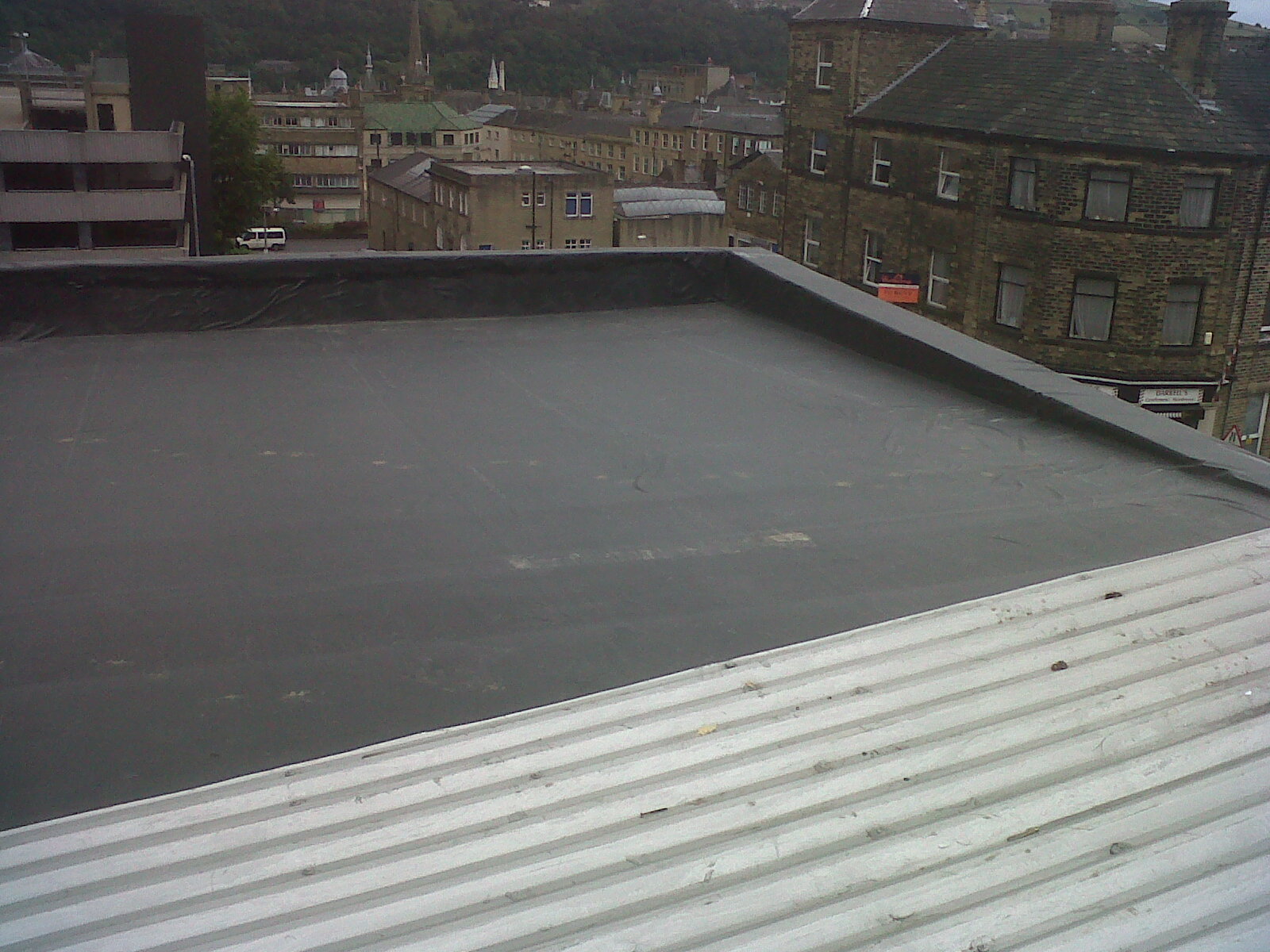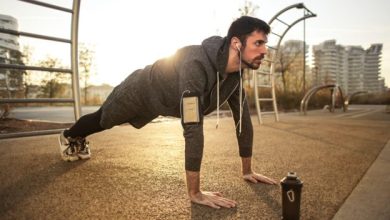A Comprehensive Guide About Washington Rubber Roofing Membrane

The roof of any building plays a significant role in protecting its residents from harsh weather. So, you must have to give special attention to your roof. This special attention means you must protect your roof with a rubber membrane. In the summer and winter, this rubber roofing membrane protects the building’s rooms from heat and cold.
It also protects the roof from water and harsh weather damage. In Washington, rubber roofing membranes are commonly used these days. In this article, you will learn descriptively about the same rubber roofing membrane.
So, without wasting time, let’s start exploring rubber roofing membranes.
Washington rubber roofing membrane
Washington rubber roofing membrane is a popular roofing option for homeowners in the Pacific Northwest due to its durability and ability to withstand harsh weather conditions. Rubber roofing is made from a synthetic material designed to be flexible and durable, making it an excellent choice for low-slope or flat roofing applications. This roofing material is also resistant to ultraviolet light, which can cause other roofing materials to deteriorate over time. In addition, rubber roofing is easy to install and maintain, making it an affordable option for homeowners looking for a long-lasting and reliable roofing solution.
In Washington City, the rubber roofing membrane is a favorite choice of so many people. The reason for its likeness is its durability and easy installation. The rubber roofing membrane is made of the following materials:
- Recycled rubber
- Slate
- Sawdust
In Washington, rubber roofing membrane is made by following the ASTM D4637 standards. These standards implement to maintain the quality of the rubber roofing membranes. In this standard, the rubber must sustain the hailstone impacts and stone penetration tests throughout its lifetime.
Types of rubber roofing membrane
There are multiple types of rubber roofing membrane used currently in Washinton. The most popular types are:
- Single Ply rubber roofing membrane
- Modified rubber roofing membrane
- Built-up rubber roofing membrane
Single Ply rubber roofing membrane
Single-ply rubber roofing membrane is the most used rubber material. This type of rubber membrane is made with the latest innovation. In scientific terms, a rubber roofing membrane is known as an “elastomeric roof membrane.” The single-ply membrane has other variants, such as PVC and EPDM roofing membranes.
Modified rubber roofing membrane
Modified rubber roofing membrane is the oldest type of rubber roofing membrane, most common in the 1960s. This type is better known or famous for its elasticity characteristics in the shallow-temperature winter season. An additional polymer layer is built over the rubber material to increase its lifespan.
Built-up rubber roofing membrane
In the 1920s, built-up rubber roofing membrane was mainly in use. This type of rubber membrane is known as BUR among contractors. For securing the roof of a building, contractors lay down multiple layers of roof felt. In this roofing, felt a significant amount of asphalt is included.
This material is spread on the roof with the help of a hot mop. After soaking the bitumen on the roof, a layer of coal tar pitch spread on the roof to create a monolithic roof rubber membrane.
Rubber roofing membrane benefits
Many benefits are present in using rubber roofing membrane for domestic or commercial usage. Some of these benefits are below.
- This material is durable and can be used for 50 to 60 years without significant damage.
- The maintenance cost of this rubber membrane is meager and maintaining this membrane is also very easy.
- This membrane’s purchasing and installation costs are meager compared to other insulation materials. Rubber roofing membrane cost is only.4 US dollars per square foot.
- Rubber roofing membranes also have the fire-resistant capability. This material cannot easily pick fire.
- In Washington, rubber roofing membrane fulfills all the codes set for building-related matters. So, you can use this material without violating any Washington law.
Final thoughts
In Washington, rubber roofing membrane is mainly used because of its cost and long life. It is the best roof protection material that you can find in Washington. The installation contractors are also readily available in the city. So, there is no reason to worry if you want to install this roofing for your commercial or residential buildings.
FAQs
What are the manufacturing methods for EPDM rubber?
Three processes produce EPDM “slurry,” solution, and gas phase. In this modification of bulk polymerization, monomers and catalysts are injected into a propylene-filled reactor.
Do EPDM and rubber roofs have the same properties?
EPDM, commonly referred to as “rubber roofs,” is an acronym for ethylene propylene diene monomer. Its name comes from the monomers used in different proportions to produce it. A low-sloped or flat roof, typically on commercial buildings, is the most suitable for rubber roofing membrane.
Apart from this if you are interested to know more about PVC roofing in San Diego then visit our daily bites category.




